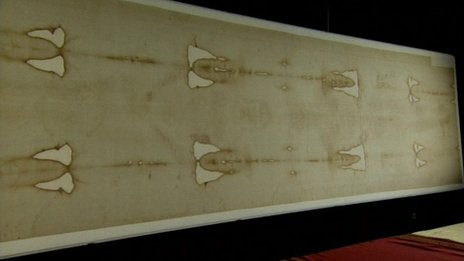strollingbones
Diamond Member
ROME (Reuters) An Italian scientist says he has reproduced the Shroud of Turin, a feat that he says proves definitively that the linen some Christians revere as Jesus Christ's burial cloth is a medieval fake.
Italian scientist reproduces Shroud of Turin - Yahoo! News
Italian scientist reproduces Shroud of Turin - Yahoo! News

